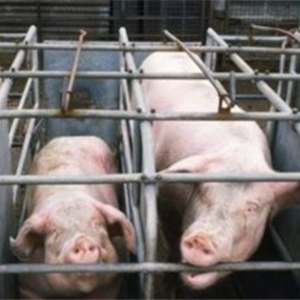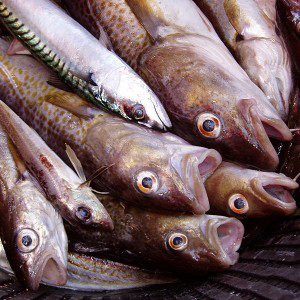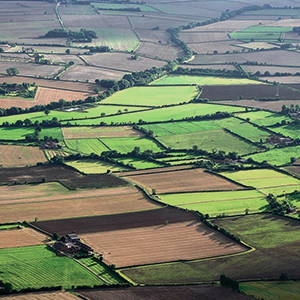2025 U.S. ANIMAL KILL CLOCK
animals have been killed for food
this year in the United States
animals have been killed for food
this year in the United States
8,127,632,113
214,508,816
36,163,973
124,061,094
23,275,362
7,499,676
3,797,000,000
43,109,000,000

Number of animals killed for food in the U.S. since you visited this page.

Amount of water used to produce one pound of beef. Equivalent to 7 years of drinking water for the average person.


Amount of space in which battery caged egg-laying hens spend their entire lives, unable to spread their wings.

Number of chickens accidentally boiled and drowned alive during slaughter every year in the U.S.


Average size of a gestation crate in which breeding pigs spend most of their adult life.

Percent of U.S. retail meat discarded by stores and consumers. This staggering number equates to 14 billion animals.


Percent of U.S. land in the 48 contiguous states used for livestock pastures/range (33%) and animal feed production (8%).

The following organizations are making a difference through undercover investigations, public education, and legal advocacy. Visit their sites to learn how you can make a difference.
Billions of intelligent animals, capable of feeling fear and pain, suffer in the dark without sympathy or compassion at a scale that is hard to imagine.
Do animals feel pain?
The desire to survive is a basic evolutionary precept not exclusive to humans. Pain is both a critical indicator of injury or illness as well as a strong motivator to avoid actions that lead to (or prolong) injury or illness. While there is no reason to assume non-human animals don’t feel pain, the scientific community has explored and debunked the myth many times over. Cows, chickens, and many crustaceans and fish feel pain.
Do animals fear their death?
Yes. Many of the animals we eat are highly intelligent creatures capable of feeling fear and empathy.
Numerous scientific studies demonstrate that the animals we eat fear for their own wellbeing. Animals including fish, rats, and mice defend and even mourn the loss of their family and friends.
Until recently, most people were unaware that pigs are as smart as dogs. Pigs use tools, understand symbolic language and mirrors, can be house trained, wag their tails when happy, control their environment, and are empathetic. Even less intelligent animals like chickens, rats and mice demonstrate empathy.
I like eating meat. Can I still help?
If you're not ready to go vegan, you can still save animals without dramatically changing your diet. Here are a few completely effortless ways that you can make a big difference:
Check out the charities noted above for more information and ideas on ways to help. Additionally, learn about becoming a reducetarian with a diet that includes fewer animal products.
Isn’t this just the natural order?
We often hear: “it’s the natural order of things” or "just what god intended." The fact that something is natural does not automatically make it good. Disease and murder are natural. Treating animals humanely is no more an affront to nature than curing disease or criminalizing murder.
Nature can be cruel; industrializing that cruelty is wrong.
How many animals are killed for food in the US each year?
The United States Department of Agriculture reports that 9.76 billion land animals were slaughtered in 2020:
Accounting for U.S. animal meat imports and exports2, 8.2 billion land animals were killed to support the U.S. food supply:
Adjusting for pre-slaughter farmed animal mortality rates3, industrial farming claimed the lives of 8.53 billion land animals in 2020 to support the U.S. food supply:
Aquatic animal deaths are challenging to calculate since these lives are measured in tons. A very thorough analysis completed by Counting Animals estimated that 3.8 billion finned fish and 43.1 billion shellfish were killed to support the U.S. food supply in 2013. Total U.S. fish landings remained flat at these levels at least through 2018.
Taken together, more than 55 billion land and sea animals die annually to support the U.S. food supply. Adding in bycatch (sea creatures caught and discarded--injured or dead) and feed fish, the total number jumps substantially.
To put this in perspective, during World War II--the deadliest conflict in human history--more than 60 million people were killed over 6 years. The same number of animals die in support of the American food supply every ten hours.
How many animals die for food in the United States every second?
Land animals only (USDA 2020 slaugher + imports - exports + pre-slaughter deaths)4:
Inclusive of land and aquatic animals:
Animal Clock was created to bring attention to the incredible number of animals currently suffering on factory farms.
Animal Clock is currently available in Australia, Canada, the United Kingdom, and the United States.
If you work with an established animal welfare organization and would like to partner with us to launch a clock in your country, please contact us.